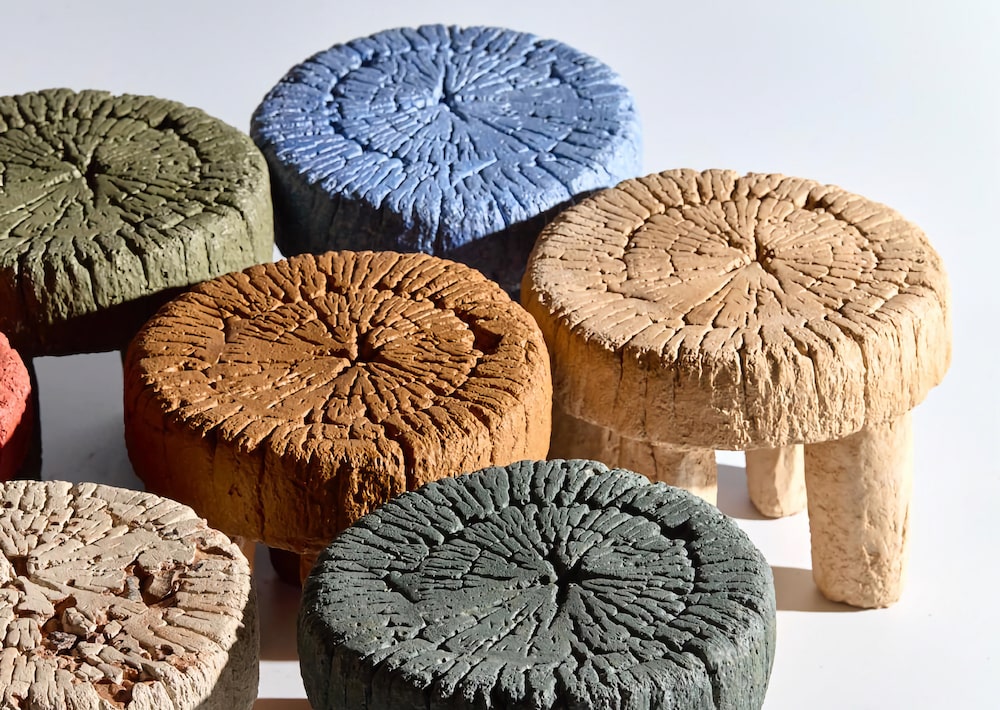Juan Pablo Molyneux’s multistoried Upper East Side home is a total wonder. It’s a far cry from the midcentury modern and cold contemporary penthouses being built all over Chelsea and Tribeca. It is ornate but warm, historic but not too period-y, full of marble, bronze, steel, mosaics, gold finishes, and priceless paintings and sculptures. It’s also a staging ground for the handmade furniture he’s been designing since his student days in Santiago, Chile. After studying architecture and design at the École des Beaux Arts and the École du Louvre in Paris, Molyneux established an interior design studio in New York in the 1980s and another a decade later in Paris. He has outfitted interiors for castles, chateaus, villas, townhouses, and even a private theater. His taste is classicist and maximalist, and so is his unique furniture.
Earlier this year, over a lunch of delicate tea sandwiches delivered to us on a silver cart pushed by a butler, we sat down with Molyneux to learn about his taste, his sense of space, and why all he needs is a pencil, paper, and eraser.
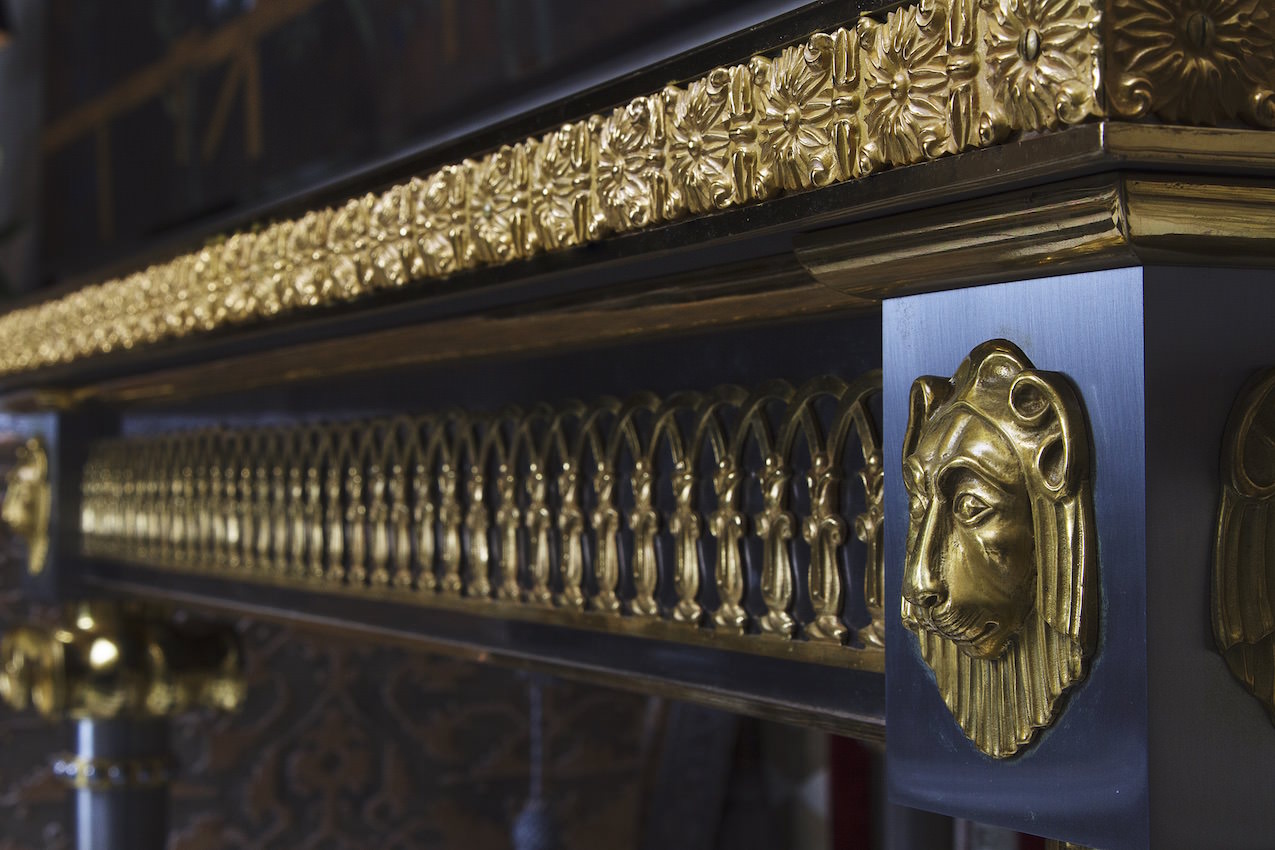
Photographs by Steve Benisty
WHITEWALL: When was the first time you designed furniture?
JUAN PABLO MOLYNEUX: I was really young. I had studied in Chile, where I was born, and in Europe. After I studied in Europe, I went back to Santiago and I decided to start working in design. I went to see the new director of the Beaux Arts museum in Santiago and I said that I wanted to do an exhibition of design—I was 25. The director said to me, “That would be a great idea. Who will be that designer?” and I said, “Me.” So she thought I was so insolent that she was very curious. She came to my place and I showed her sketches and later I had a one-man show in the museum. At the time I didn’t have carpets to show, and Emilio Pucci was doing his designs in carpets. And I got all these Pucci carpets. It was a funny mélange. It was very beautiful, I have to say. You know, I still like what I did.
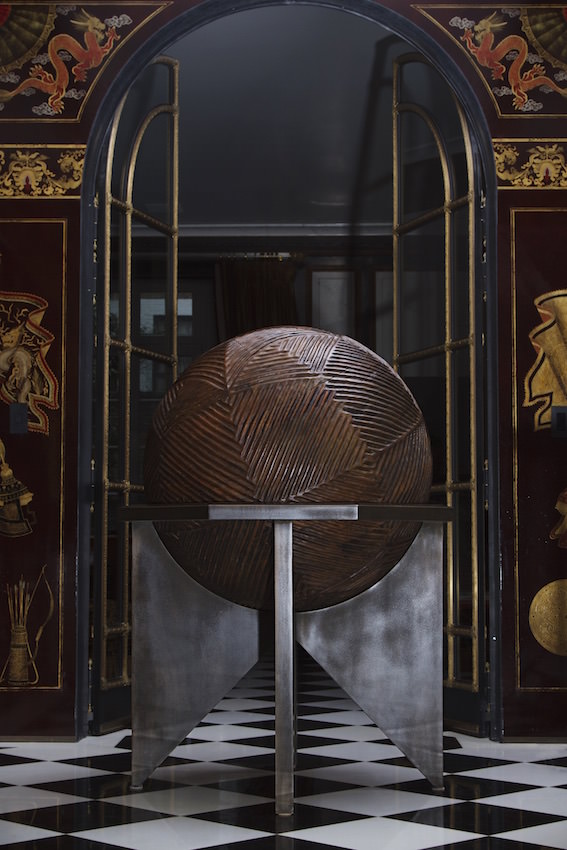
Photographs by Steve Benisty
WW: What were some of those early pieces like?
JPM: I’ve always been working with a combination of steel and bronze and things like that. For instance, these tables are Tula to me. The legs are with a little fantasy. The columns are inversely tapered. I used all the knowhow of the Tula furniture, but I don’t copy. These Russian designs are so fantastic, so wonderful, it’s almost whimsical with so much wit. They’re like something from Bulgari.
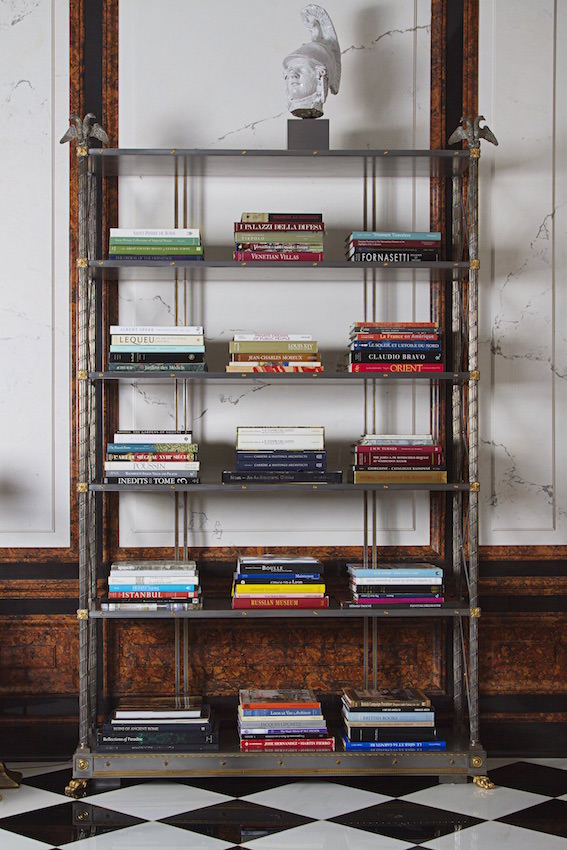
Photographs by Steve Benisty
But I’m really far away from calling this a piece of art. Like a sculpture, perhaps, but I want to stay away from that, putting titles to things. This came out of a piece of paper and a pencil, and a lot of coordination with the manufacturer and craftsmen. I mean, it’s not a sculpture; it’s a table.
WW: Are there times where you have an idea for something but you’re not sure yet who you can work with to create it since you’re using such traditional techniques?
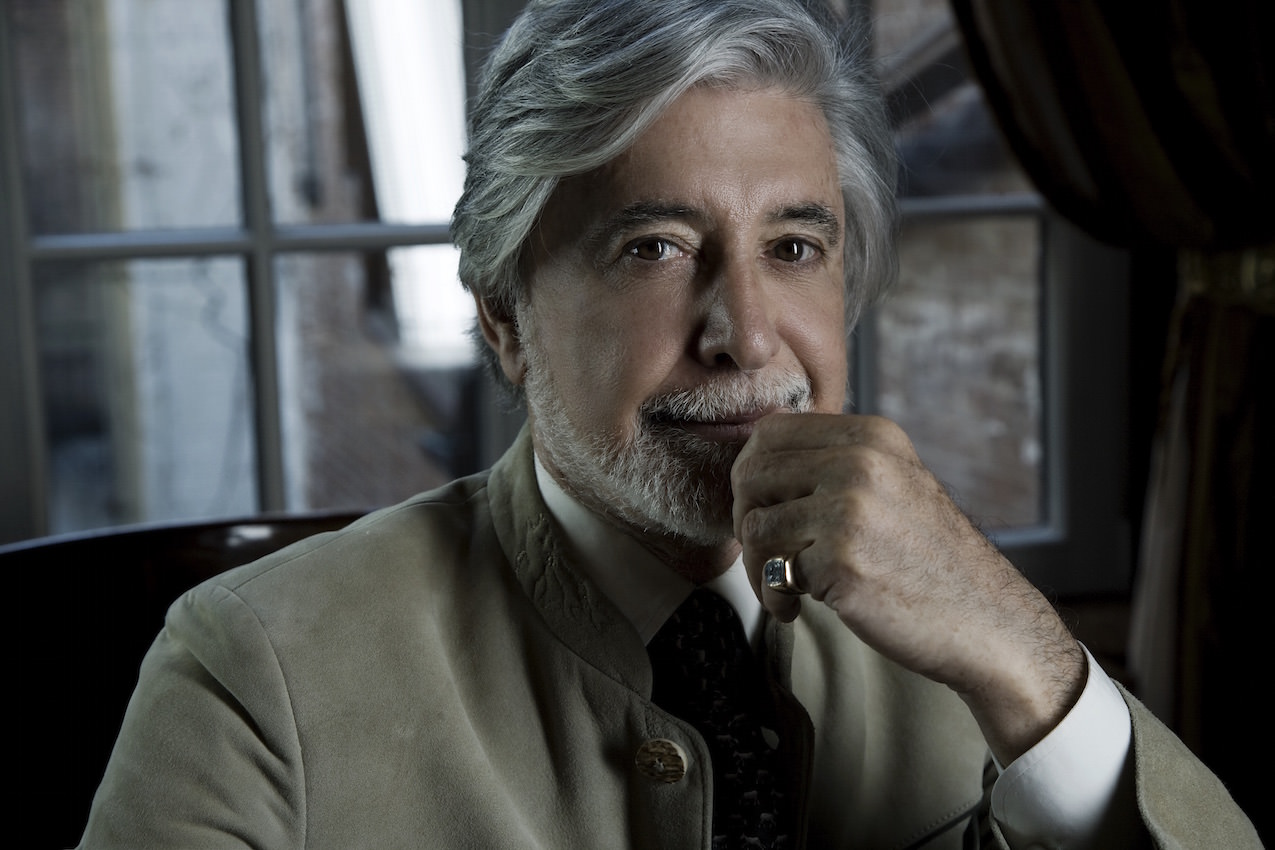
Photographs by Steve Benisty
JPM: Not necessarily, because most of the times my inventing something is because I have seen something like it. The negative part of all this is to get to a point where you want to upgrade materials, and upgrade the design, and make sure that the craftsman excels in whatever, and it also costs very much in proportion to what you’re doing. So my designs would never be something for the masses. And I’m very proud that it is a very elite kind of thing.
WW: And when design for a certain project for your clients, what is that process like?
JPM: Everyone has conversations with things. I have it with spaces. I’m most of the time looking for contrast, something that catches the eye and will be the exception to the rule. Something that will be the guest in the room. At this stage in my life, clients know what I do, and they will ask me to design a piece. But each piece that I can show to you, they are done by several people. To coordinate them all, to make sure things fit, and put this puzzle together, is not easy. It would be easier to just buy a table!
WW: Is there ever a moment from sketch to production where you realize something might not work?
JPM: There are three things I need: paper, pencil, and an eraser! You make it work.
WW: You recently transformed the Château Pouy-sur-Vannes, a large property a few hours from Paris. Part of that project is personal, but we also heard you hope to set up a school for craftsmanship onsite. Can you tell us about how you found the property and why you’d like to set up an artisan academy?
JPM: I saw it from the outside and loved it one hundred percent. When I went in with the broker, at one point I asked, “Do you mind if I just walk alone?” I just wanted to feel the space. I didn’t even have to go through the entire place. I called my secretary and said, “Put an offer in. This is it!”
One of the buildings that is on the compound, originally in the 17th century it was the stables, and centuries later it was a hotel for the members of the Légion d’honneur. There were 35 rooms with 35 bathrooms. I cleared all that, and I’m making two ateliers. One is mine. And with the other, my idea is to have an academy there for arts and crafts, almost like a finishing school. So I can give the best students from the best crafts schools a residency of three to six months, through a competition. They can stay at the chateau, in this academy, with a master, or with a specific project to develop. My idea is that one day, if someone has on their resume the fact that he or she had gone through with Pouy-sur-Vannes Academy, someone would be like, “Hire him, right away.” It is very important to keep this savoir-faire alive.
WW: Do you have a project or a piece of design you haven’t yet but you still dream of doing?
JPM: The Vatican. [Laughs] No, I don’t think on those terms of regret, because that’s sort of a regret, that I haven’t done this or that. Things are always coming my way and I’m always excited about new possibilities.
This article is in Whitewall’s summer 2015 Design Issue out now.






